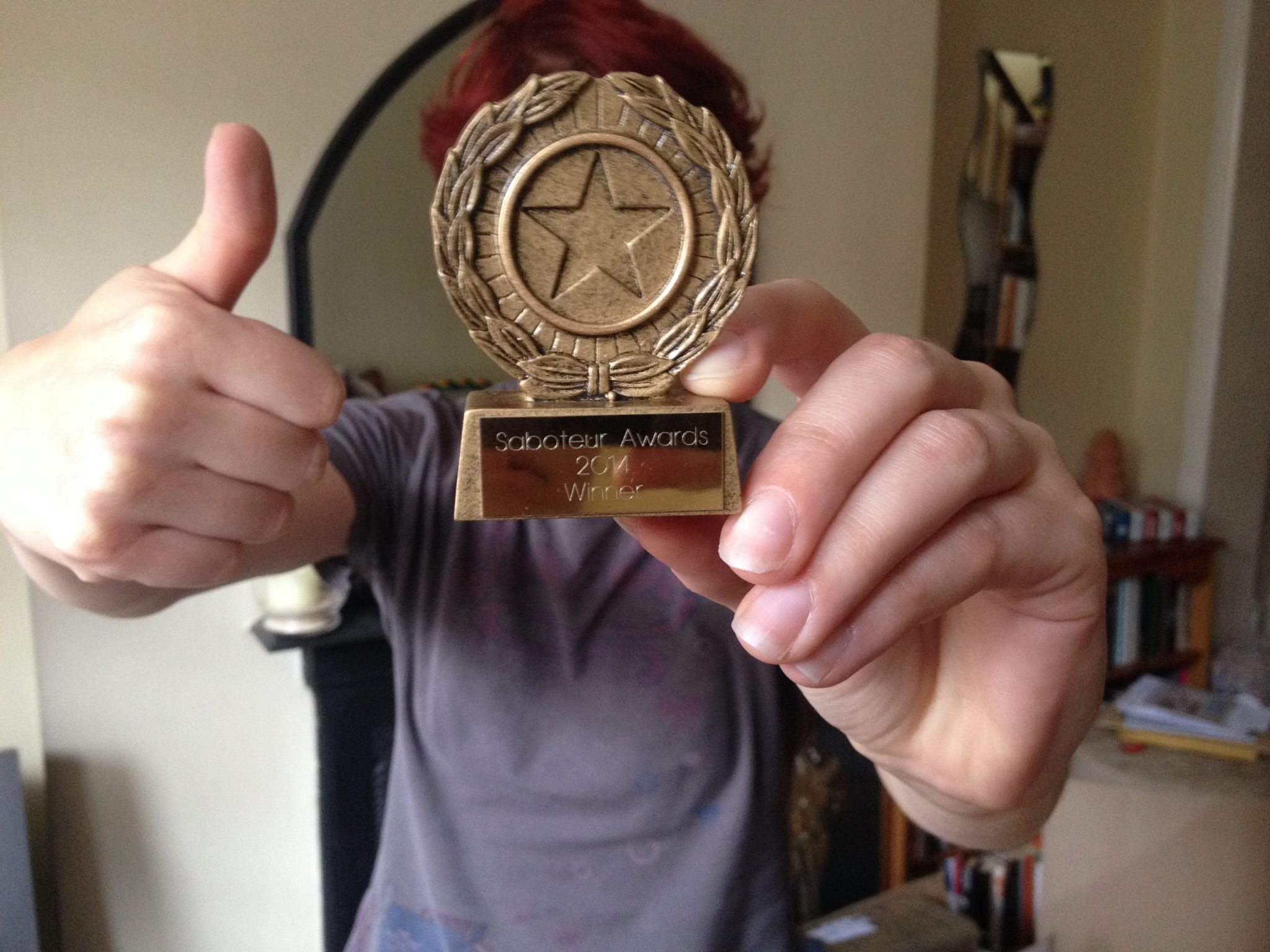‘Another Use of Canvas’ by Angus Sinclair
-Reviewed by Rosie Breese–
Angus Sinclair is a modern-day Renaissance man. Not content with being a gifted poet and photo-artist, he is also known in certain circles as professional wrestler Johnny Snott. And it’s the world of professional wrestling which is the focus of his first major publication, Another Use of Canvas, the first in Gatehouse’s new pamphlet series.
Wrestling, as Sinclair himself points out, is concerned with telling “physical folk tales” – the audience comes to see the villain vanquished and the hero triumphant. The poems in this collection inhabit the gaps between everyday life and the fantastical world of professional wrestling. Hence, we get glimpses into interim spaces such as the practice ring or the dressing-room where “You slowly become your neon-clash leopard-print costume”.
‘Narcissus’ is a meditation taking place during one of these pauses, namely the wrestler’s ride home, his costume bundled on the back seat: “Narcissus checks the rear-view mirror / where the leather face seems to droop, / to pine.” This poem, exuding the chilling, clarifying air of a night drive, draws together many of the themes that arise throughout the collection. The leather face in the mirror is the reflection he is in love with; without it he is empty; a “mannequin” once more. This unmasking represents the scenes of metamorphosis that come up again and again as the wrestlers switch between identities.
Another thread woven into ‘Narcissus’ and many others is the idea of self-definition – the trying, testing and out-and-out pummelling of the borders between the physical self and other people, ring ropes, the surface of the canvas: “every night in some delicious rumble / in every clatter of every bodyslam / a little life rattles out..” Here, Narcissus is a being whose life is defined by wrestling, his body battered at the edges, its life leaking out “like change”.
Sinclair’s language is characterised throughout this collection by a muscular physicality. This is present in measured, constrained poems such as the carefully wrought pantoum ‘Muscle Memory’, which describes the punishing process of training: “rope burn across your back again and again / faster and faster, hit the corner-buckle”. Then there is the breathless, live-action intensity of ‘The Saint versus Lord Nelson’, in which the words seem to tumble over one another like the wrestlers themselves: “..The Saint side-steps, little matador working / Nelson’s weight against him, all that power / sent crashing to the corner. The Saint strikes..”
It may be said that these particular lines, which seem in some instances to have been cut brutally early, have lost something in terms of their individual coherence: “..This slight-of-hand artist works / the ring so the referee only sees what Nelson / wants him to see (discreetly strangles The Saint..” but for me, this chaotic sequence seems to be perfectly in keeping with the ringside atmosphere. These are the flashes of action that make little sense on their own, but in sequence are the artistry of the match.
This artistry is particularly evident in the skilfully realised final lines that these poems tumble towards – in this case, a powerful, double-edged summary of the wrestler’s position in the scheme of things: “The glorious un-unionised fighters, without the power to strike”.
The poems are arranged in such a way as to guide the reader through early obsessions (‘Saturday’) to practice sessions, to matches, to the lonely aftermath of a wrestling career (‘Meeting Lord Nelson’). It is this ability to place the reader right in with the sweaty, roaring crowds that is a key strength of Sinclair’s work. Adept at switching identities himself, he is skilled at drawing the reader into the world of the avid wrestling fan retreating from the injustices of the real world into fantasy: “..you got a real hiding. Eyes closed, / the audience in the Winter Gardens / cried out at each crack of the strap.”
Another stand-out poem that places the reader right inside the wrestler’s headspace is the poignant and beautiful ‘Looking Up at the Lights’, in which the wrestler, injured and helpless, sees spectators as “soft peripheral shapes”; “visual murmurs” and compares the wrestling arena to an operating theatre. These in-between spaces, these moments of strange calm, are where this collection truly shines. Like the body of Narcissus transformed into coins, the riches of this strange, exciting world spill out of each pause like treasure.
Another Use of Canvas is available from www.gatehousepress.com and has recently been shortlisted for an East Anglian Book Award. The winners will be announced on November 3rd 2011.




Pingback: Poetry Pamphlets: A Top Ten « Sabotage